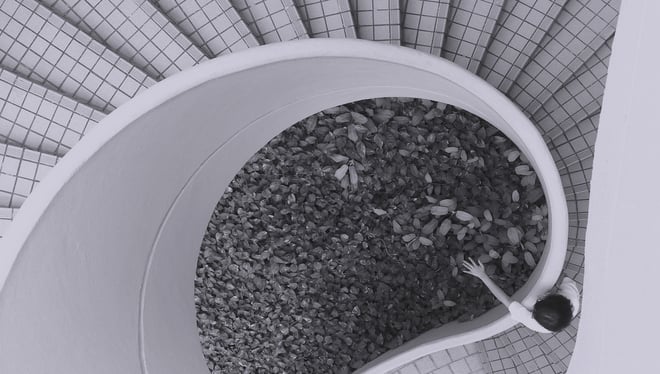
Pension shortfalls - why buy back?
To ensure a secure retirement, an increasing number of Swiss individuals are investing in the 2nd and soon, the 3rd pillar, to address pension gaps. Purchasing back pension contributions offers enhanced financial stability in retirement. But how does one go about these buybacks, and what steps can be taken to bridge any pension gaps? Here's an explanation.
Pension shortfalls, what does it mean?
As a reminder, the Swiss pension system is based on 3 pillars.
- The 1st pillar covers the state pension scheme and the minimum vital needs of every Swiss citizen (AVS, AI and PC).
- The 2nd pillar is the occupational pension plan (BVG), which is paid into a private pension fund together with the employer.
- The 3rd pillar is an individual, purely personal pension plan.
As a Swiss employee, upon retirement, you will have made contributions to both the 1st and 2nd pillars, starting from a specified salary level. These contributions are intended to help you maintain a certain standard of living in retirement, typically around 60% of your final salary.
However, for some, living on 60% of their last salary may not suffice to sustain their prior standard of living. A pension gap occurs when there's a discrepancy between your current pension capital and the amount stipulated in the pension fund regulations. This is the reason why options for pension buy-backs are available.
The reason for pension shortfalls
These gaps also take place when you haven’t been consistently contributing to these retirement provisions. There are many reasons for this:
- You've been expatriated or abroad for several consecutive years and haven't paid within your pension scheme for a long time.
- You have been unemployed for a long time, preventing you from contributing.
- Divorce can also be the cause, as the contributions paid are halved, reducing your retirement income.
- You started working relatively late, mainly due to long-term education, and did not contribute enough to be comfortable during retirement (the full contribution period for the AVS pension is 44 years).
- You have received salary increases during your career.
- You've changed your employer, and your new employer has a better pension plan.
These causes effectively lead to a shortfall of several years' contributions. For example, not paying contributions for one year reduces the AHV pension by almost 2.3%.
But there's more. A pension shortfall can also result from an excessively high salary. Indeed, the higher the gross income, the more limited the portion allocated for retirement provision becomes, as are the mandatory benefits.
Since these first two pillars cover up to 60% of the final salary, there remains a 40% loss, which translates into a greater loss of earnings when the salary is high.
Bridging the pension gap
To make up for this shortfall, some people choose to buy into their 2nd pillar pension plan or contribute to a 3rd pillar plan.
Buying into the 2nd LPP pillar
The second pillar buy-back solution involves paying an additional sum beyond your regular monthly contributions, which are deducted from your gross salary. The amount you contribute depends on your investment preference, though some pension funds stipulate a minimum. You can contribute up to the maximum limit outlined in your pension fund's regulations. This limit is typically noted on your annual certificate, or you can directly request it from your pension fund.
Contributing to a third pillar
You can enhance your retirement pension by making contributions to a 3rd pillar solution. This optional scheme offers the same tax benefits as the 2nd pillar. If financially feasible, as an employed individual, you can contribute an annual amount of CHF 7,056. If you're self-employed and not part of a pension fund, you're allowed to contribute 20% of your AVS/AHV income, with a ceiling of CHF 35,280. All these contributions are tax-deductible.
However, for individuals with relatively high salaries, this amount may be insufficient for maintaining their standard of living post-retirement. Investing in the 3rd pillar also enables you to combine it with investment funds, potentially yielding higher returns over the long term.
Good to note: Regarding the tax deduction for the 3rd pillar, it pertains to pillar 3a, not pillar 3b. The latter offers no tax advantages, although the funds remain accessible to the owner.
Interesting tax advantages
All pension contributions are tax-deductible for the relevant year. Additionally, it's important to note that pension assets and their returns are not subject to taxation.



.png?width=488&height=440&name=Group%20316127811%20(1).png)
.jpg?width=488&height=440&name=Rectangle%2034624664%20(1).jpg)

